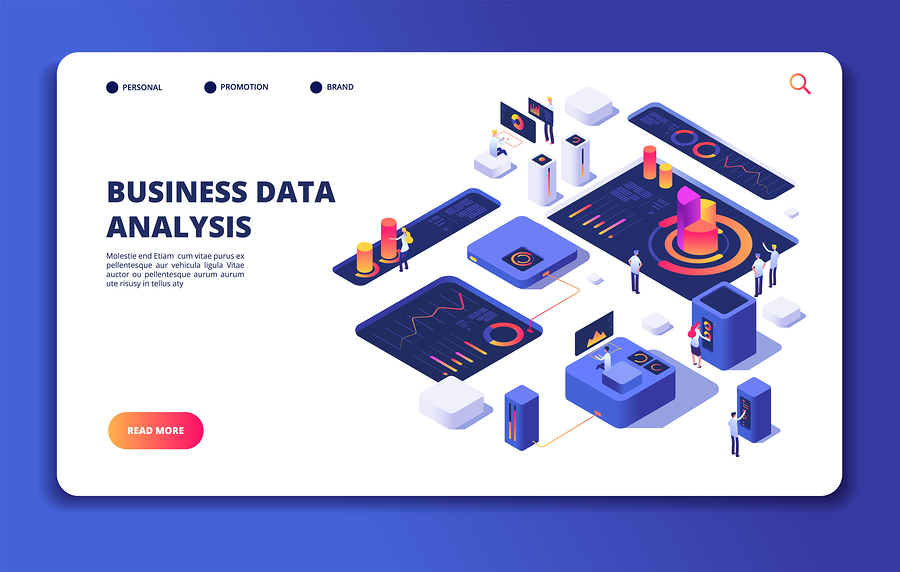Dashboards can be very good company management tools. They allow for better organization and a high-level overview of the goals to be accomplished. Here are some tips for building good dashboards.
Choose the dashboard according to your needs
A dashboard can be built for operational steering, such as to ensure task performance, to compile the number of new customers, show inventory or stock outages for a product, track response rates for a call centre, etc. Dashboards can also be used for strategic steering to provide management with an overall panorama of the company’s activities (sales, expenses, profitability, etc.). Finally, the dashboard can be analytical. More rarely, it is used to give substance for understanding of the figures, for later querying on which objectives to pursue or not pursue.
Determining the right indicators
There are generally two types of indicators for dashboards: activity or process indicators, and results indicators. They measure productivity and results, respectively. It is important in both cases to identify what will be calculated in these indicators. The types of activities, time frames, goals to be achieved or results expected can be considered.
Selecting the right media
Several tools exist to build a dashboard. It’s a question of choosing one that is simple and easy to use. It can be an Excel document, or programs that are integrated in your company. Many online collaboration and task tracking sites such as Podio, Basecamp or Trello can also be useful for sharing objectives and results with a company’s employees and managers.
Be clear and concise
If you want your dashboard to be used, understood and effective, keep it clear and concise, with a limited number of indicators and going straight to the point, which will make it easier to achieve.
Updating it
The secret to a good dashboard is being real time. Keeping the data up to date and adjusting the results and objectives to be achieved is essential. Your dashboard must therefore be automatic, including SaaS or Excel access, so that each user having access to it can guarantee the relevance and timeliness of the data.
